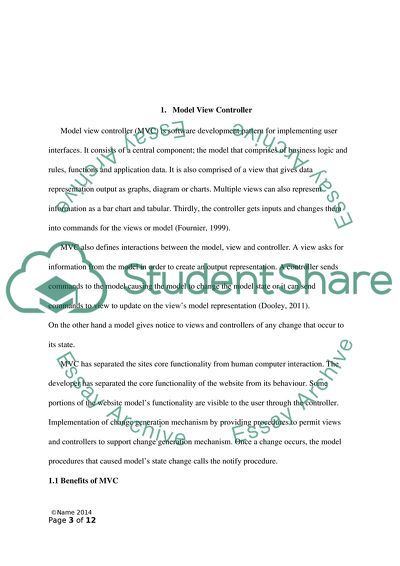Cite this document
(Web Application Development Coursework Example | Topics and Well Written Essays - 2000 words, n.d.)
Web Application Development Coursework Example | Topics and Well Written Essays - 2000 words. https://studentshare.org/information-technology/1825810-interactive-internet-tech
Web Application Development Coursework Example | Topics and Well Written Essays - 2000 words. https://studentshare.org/information-technology/1825810-interactive-internet-tech
(Web Application Development Coursework Example | Topics and Well Written Essays - 2000 Words)
Web Application Development Coursework Example | Topics and Well Written Essays - 2000 Words. https://studentshare.org/information-technology/1825810-interactive-internet-tech.
Web Application Development Coursework Example | Topics and Well Written Essays - 2000 Words. https://studentshare.org/information-technology/1825810-interactive-internet-tech.
“Web Application Development Coursework Example | Topics and Well Written Essays - 2000 Words”. https://studentshare.org/information-technology/1825810-interactive-internet-tech.


